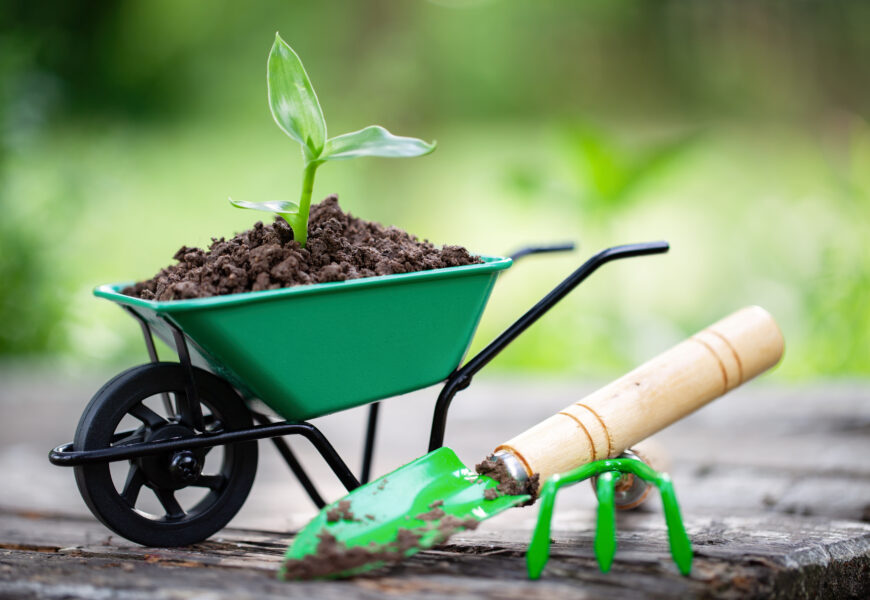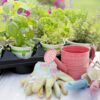As winter fades and spring arrives, a key question for gardeners is: Is your garden ready for the season? Spring comes suddenly, so getting ready is crucial. Seasonal gardening experts know that preparation is everything. It’s a time to welcome renewal and plenty.
Getting your tools in shape and planning your garden layout are important steps. You can’t just rely on last year’s success. Gardens need ongoing care. So, starting with spring garden tasks is vital.
Early gardening requires careful planning based on your local climate. You need to manage your garden like a conductor leads an orchestra. This means dividing perennials, pruning shrubs, and fighting weeds early. It’s important to know when to do each task, following nature’s rhythm.
For help, consider this step-by-step guide to prepare your garden. It covers everything from soil tests to the best time to plant seeds. With a calendar, you can keep up with your garden’s needs and enjoy the season’s harvest.
Understanding Your Garden’s Spring Needs
As temperatures start to go up, it’s time to get your garden ready for spring. A key part of getting your garden ready is checking what it needs. This means figuring out the best time to plant seeds, which changes with the location.
It’s a good idea to test your garden soil every few years. This helps you know what nutrients it has and if it’s healthy. Adding compost, humus, or manure can make your soil richer and better for your plants.
Spring cleaning in the garden means getting rid of winter’s leftovers. This includes trimming shrubs that bloom in the spring and dividing plants like Daylilies and Hostas. These steps help keep your garden clean and make your plants healthier.
Early spring is also a great time to move evergreen and deciduous shrubs. This helps them get settled before the heat of summer. It’s all about making your garden ready for the new season.
But it’s not just about the plants. You should also check your garden’s paths and patios. Fixing any damage before planting makes your garden look good and work well. This way, your spring gardening will be a success.
Cleaning and Clearing: Setting the Stage for Planting
When winter fades and spring starts to show, garden lovers get ready for the yearly garden spring cleaning. This step is key to getting their gardens ready for the colorful season ahead. Starting the cleanup when it’s warm enough for a week, above 50 degrees F, helps plants and animals wake up safely.
Clearing the garden means taking out dead plant stuff, like from perennials, hydrangeas, and grasses. Make sure to check woody perennials before cutting them to avoid hurting them. Cutting stems to 8 inches helps them grow back strong and gets them ready for new growth.
Garden spring cleaning also means getting rid of debris. Bundling stems makes cleanup easier and keeps your space tidy. It’s also important to take off the winter mulch. This lets sunlight and air in, which is good for new plants.
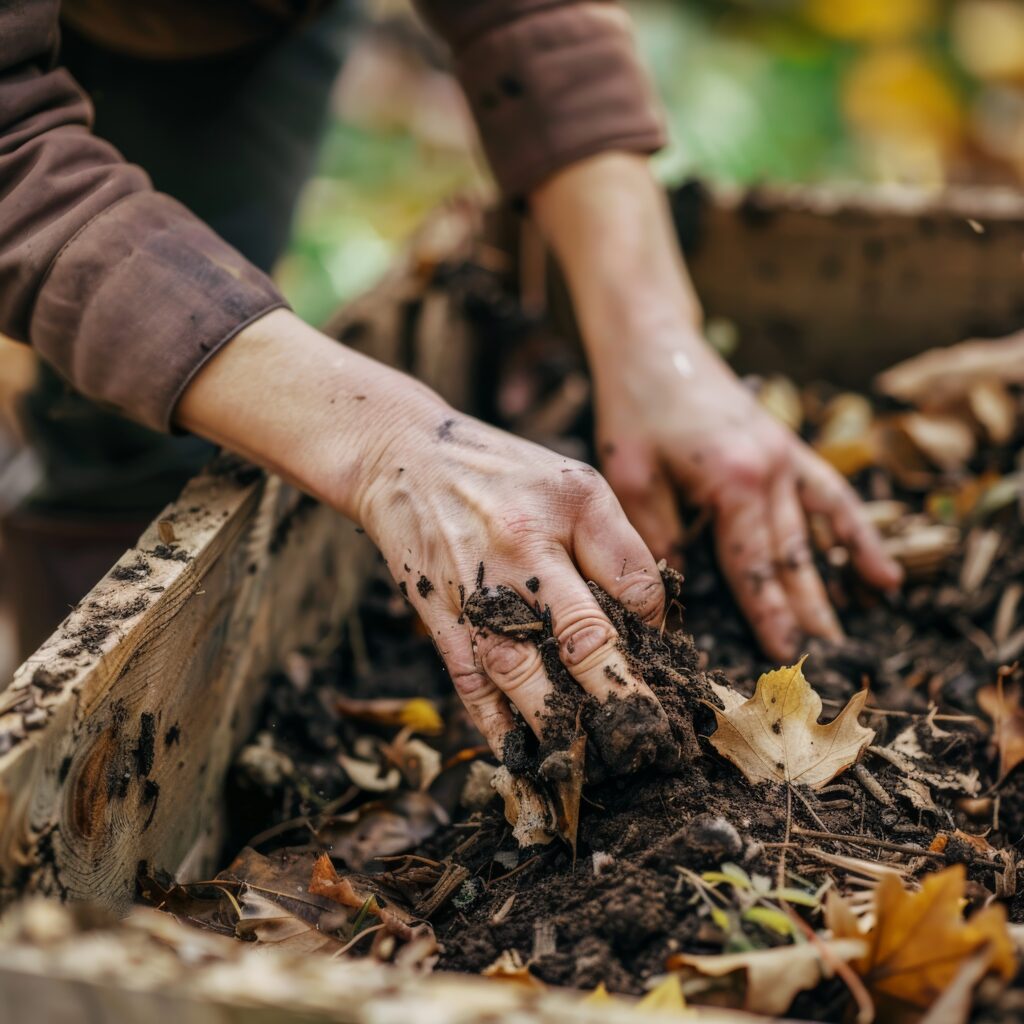
Getting rid of weeds early is crucial. Taking them out before they spread saves a lot of work later and keeps your garden for your plants. Some helpful insects, like the hummingbird clearwing moth and native bees, live in the garden’s soil all winter. So, be careful when you work on the soil to keep them safe.
Using these early spring tips makes a strong start for planting and a whole season of growth. A good clean-up means a better gardening season ahead. These steps help create a garden full of life and beauty, ready for spring and beyond.
Soil Preparation: The Foundation of a Healthy Garden
Spring brings a key time for soil preparation, a vital part of spring garden tasks. Knowing your soil type is key—it’s about its texture and what nutrients it has. For example, loamy soil is perfect for gardens because it holds moisture well. On the other hand, clay soil can be hard to work with due to poor drainage.
To get your garden ready for growth, testing your soil is a smart move. This test shows the soil’s pH level and what nutrients it lacks. Most garden veggies do best in a pH of 6.0 to 7.0. This supports healthy microbes and strong plants. If your soil is short on nutrients, adding compost or manure can help.
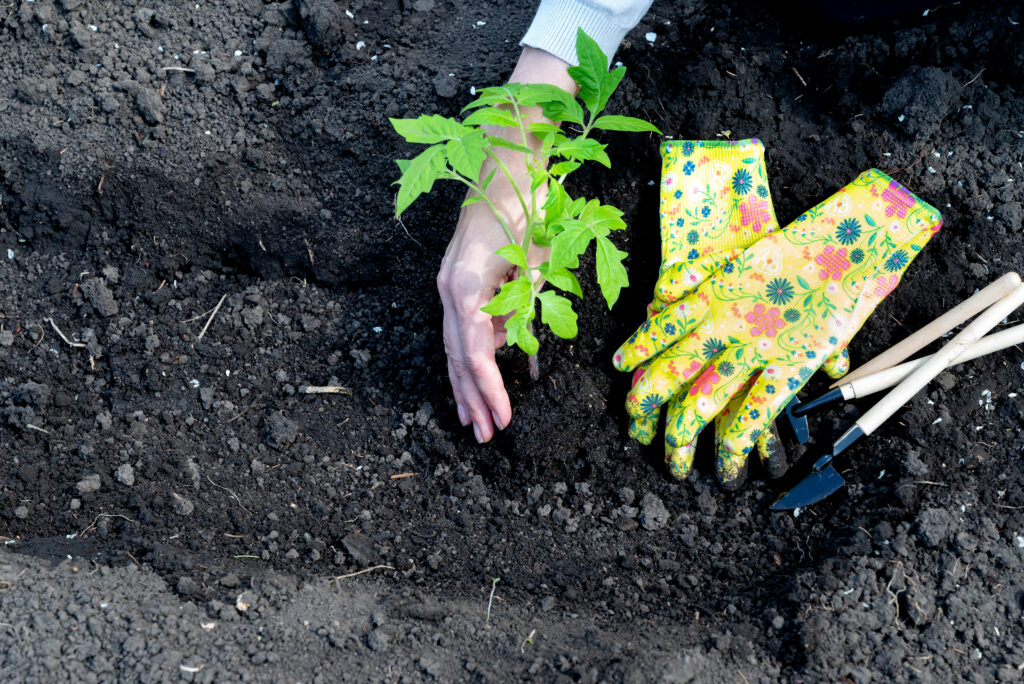
Adding things like leaf mold or coconut coir to your soil helps with drainage and keeps nutrients in. These additions also cut down on the need for chemical fertilizers. For example, Whitney Farms Organic Raised Bed Mix is a great choice. It has nitrogen, potassium, and phosphorus, plus peat moss and forest compost for a balanced diet for plants.
Spring gardeners are turning to organic mixes more often. These mixes, like organic potting soil and All-Purpose Plant Food Organic Fertilizer, feed plants slowly. They release nutrients over time, helping plants grow strong and healthy for longer.
Planning your spring garden tasks with a focus on soil preparation sets the stage for a beautiful garden. It shows that good gardens start with the soil. Testing your soil every year helps keep your garden healthy and full of life.
Spring Gardening Checklist: Mulching and Weed Prevention Measures
As winter ends and spring begins, it’s key to keep your garden healthy. Effective mulch application and weed prevention are essential. Mulching boosts your garden’s look and helps keep soil moist and cool. Adding 2 to 3 inches of organic mulch cuts down on water loss, making it easier for plants to grow.
When to mulch is just as important as how much. Mulching in late winter protects new plants from frost and stops weed growth. Using organic mulch also helps improve soil quality as it breaks down, adding nutrients to the soil.
Stopping weeds before they start can make gardening easier. Putting down newspaper or landscaping fabric under the mulch stops weeds from getting sunlight and growing. This method is good for the planet and cuts down on the need for harsh chemicals and weeding.
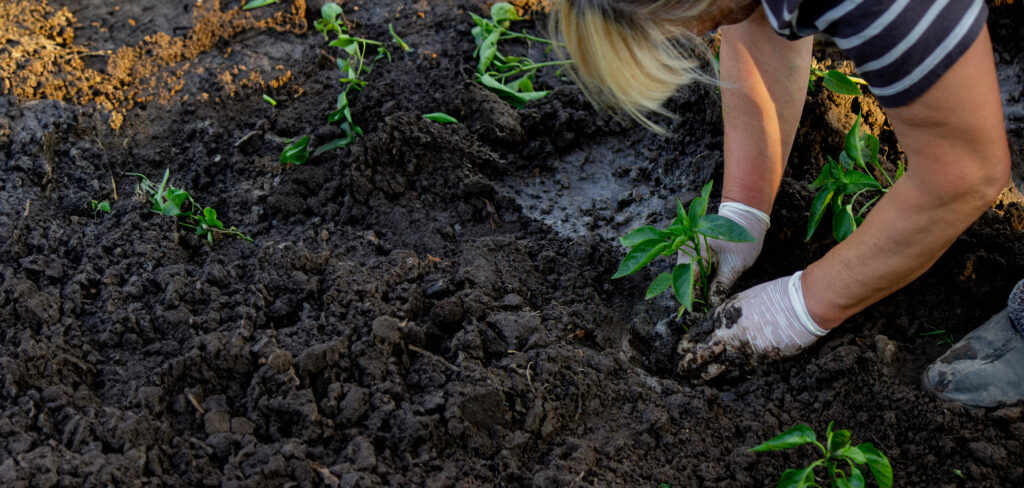
These strategies make your garden look better and stay healthy. They help you grow a lush garden while being kind to the environment. With some planning and effort, you can enjoy a beautiful garden with less work.
Pruning and Plant Maintenance: Encouraging New Growth
As spring comes, spring garden tips are key, especially for plant maintenance. Pruning is crucial, focusing on non-spring bloomers. It helps control size, boost blooms, and remove dead branches. For shrubs that bloom in summer, prune in the off-season. But, prune spring bloomers after they flower to keep this year’s flowers.
Early spring is great for dividing and moving perennials. It helps weak plants and encourages new growth. Plus, it’s a cost-effective way to grow your garden. Spring brings warmer weather, ideal for these tasks. Mulching your garden beds keeps soil moist and stops weeds, following key spring garden tips.
These steps can revitalize your garden. Spring is perfect for planting cool-season veggies like lettuce and kale for an early summer harvest. Cool-season annuals like pansies also add color to your garden in spring.
Pruning fruit trees before they bloom can boost your crop. It’s also a good time to start seedlings indoors for later transplanting. Planning and care, watching for pests, are key to gardening success.
Combining pruning, transplanting, and care will make your garden healthier and more beautiful. These spring garden tips and plant maintenance tips help create a vibrant outdoor space.
Final Prep and Planting: Gearing Up for a Lush Spring Garden
Early March marks a key time for spring garden prep. At The Morton Arboretum, teams work hard to plant the Gerard T. Donnelly Grand Garden. This shows how careful planning and action are key. Make sure your spring planting guide covers plant types, soil prep, and where to place them for best results.
Getting your gardening tools ready is crucial. Clean, sharpen, and check they work well to stop diseases and make gardening easier. Start or finish projects like adding to your patio or building a trellis to make your garden look and work better. With fewer frost worries, it’s time to use fertilizers for your plants. Plant seeds for hardy veggies like tomatoes and peppers when the soil is ready. In April, you can add cold-resistant veggies to your garden.
Think about crop rotation to keep pests and diseases away and use fresh organic compost for plants like petunias. Move perennials gently after the freeze to avoid damage. Mulch is great for keeping weeds down, keeping soil warm, and holding moisture in. Early and regular weeding, along with these tips, will help your spring garden thrive and show off your hard work.

